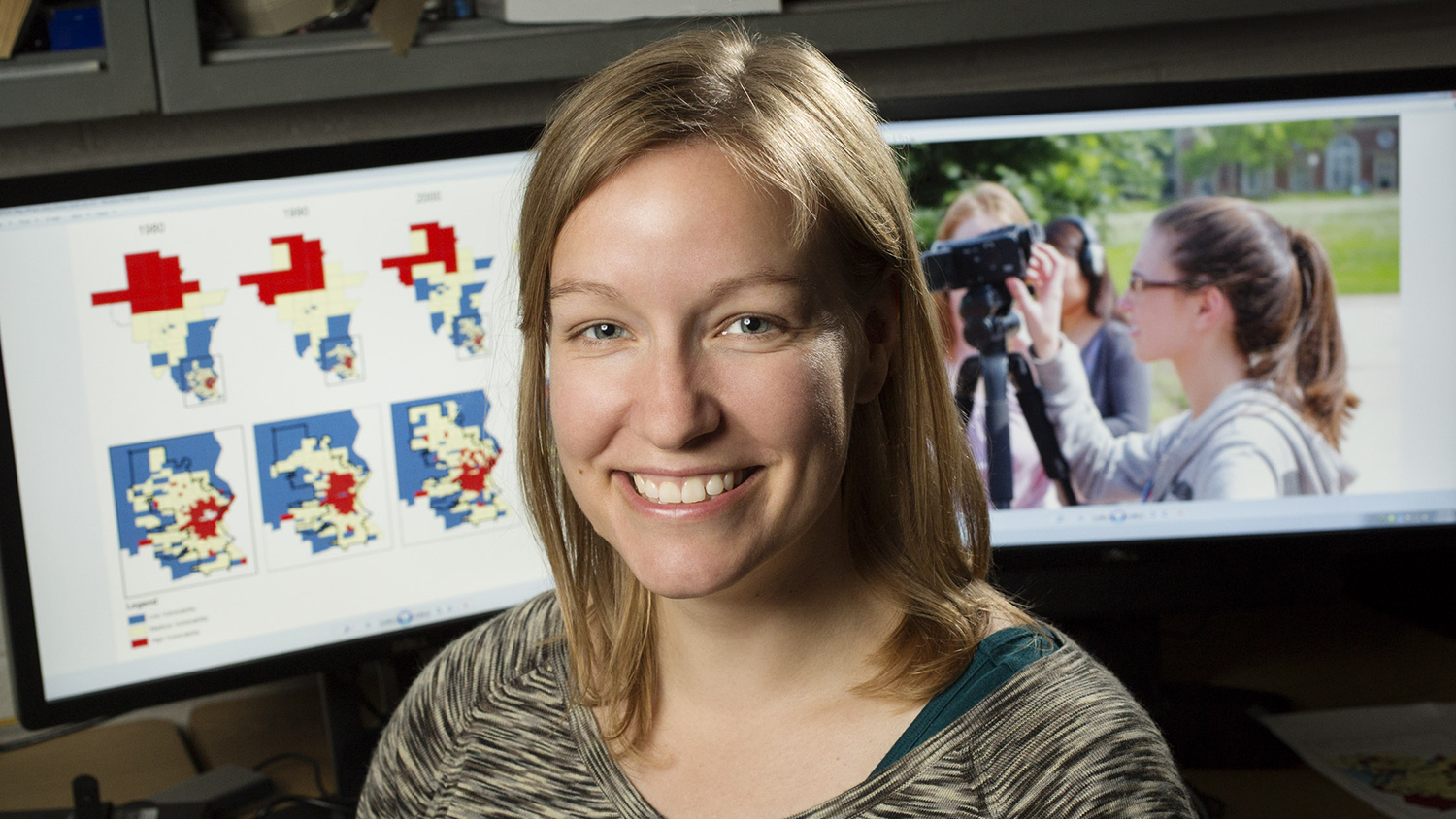Search Results for

How Frequent Hurricanes Change Estuarial Ecosystems

Airport Designs Take Flight in Venice
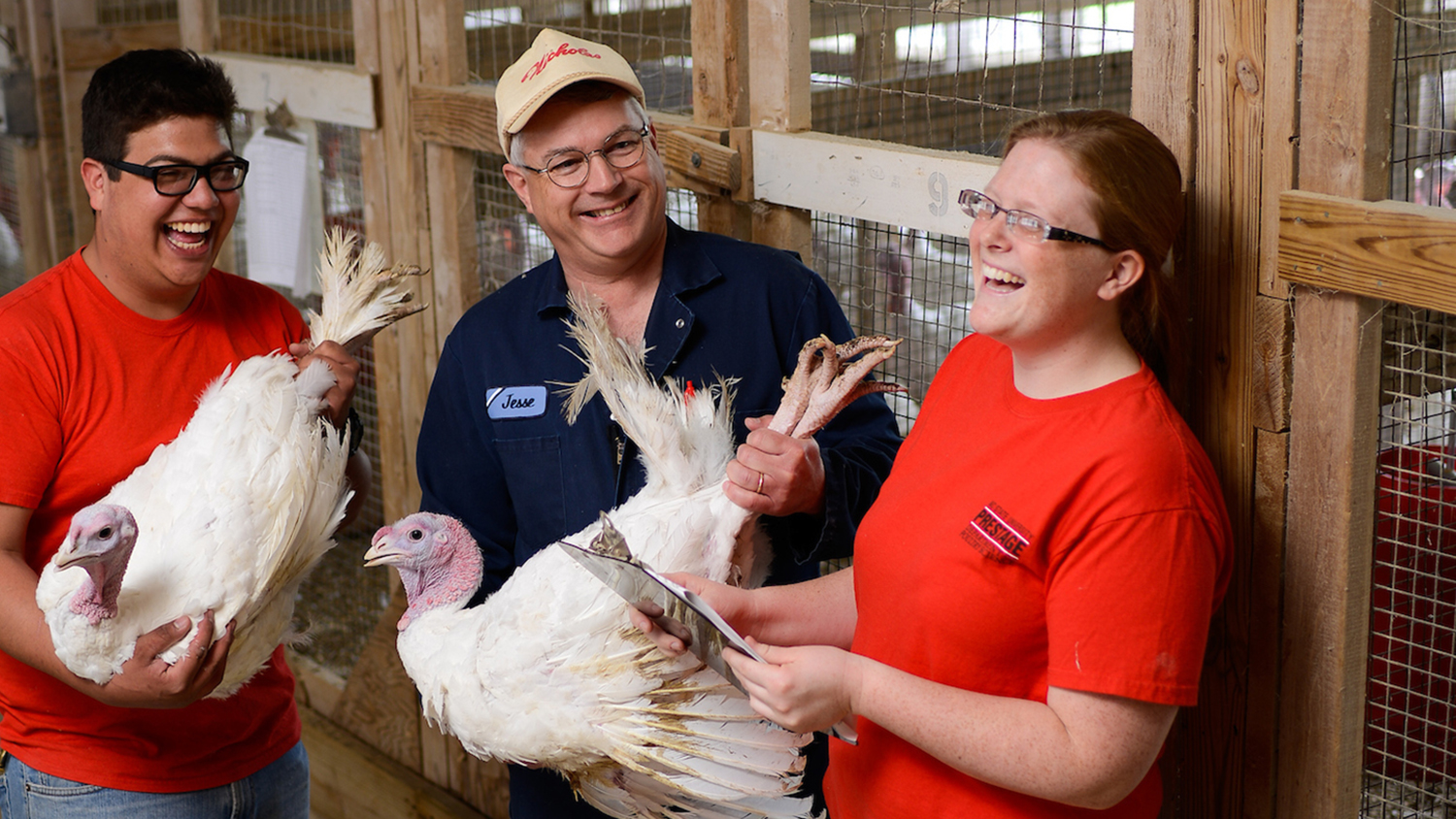
“Don’t Be Afraid Of The Unknown”: Poultry Science’s Brooke Bartz
New Tech May Make Prosthetic Hands Easier for Patients to Use

Researcher to Study GenX Exposure in Cape Fear Fish, Alligators
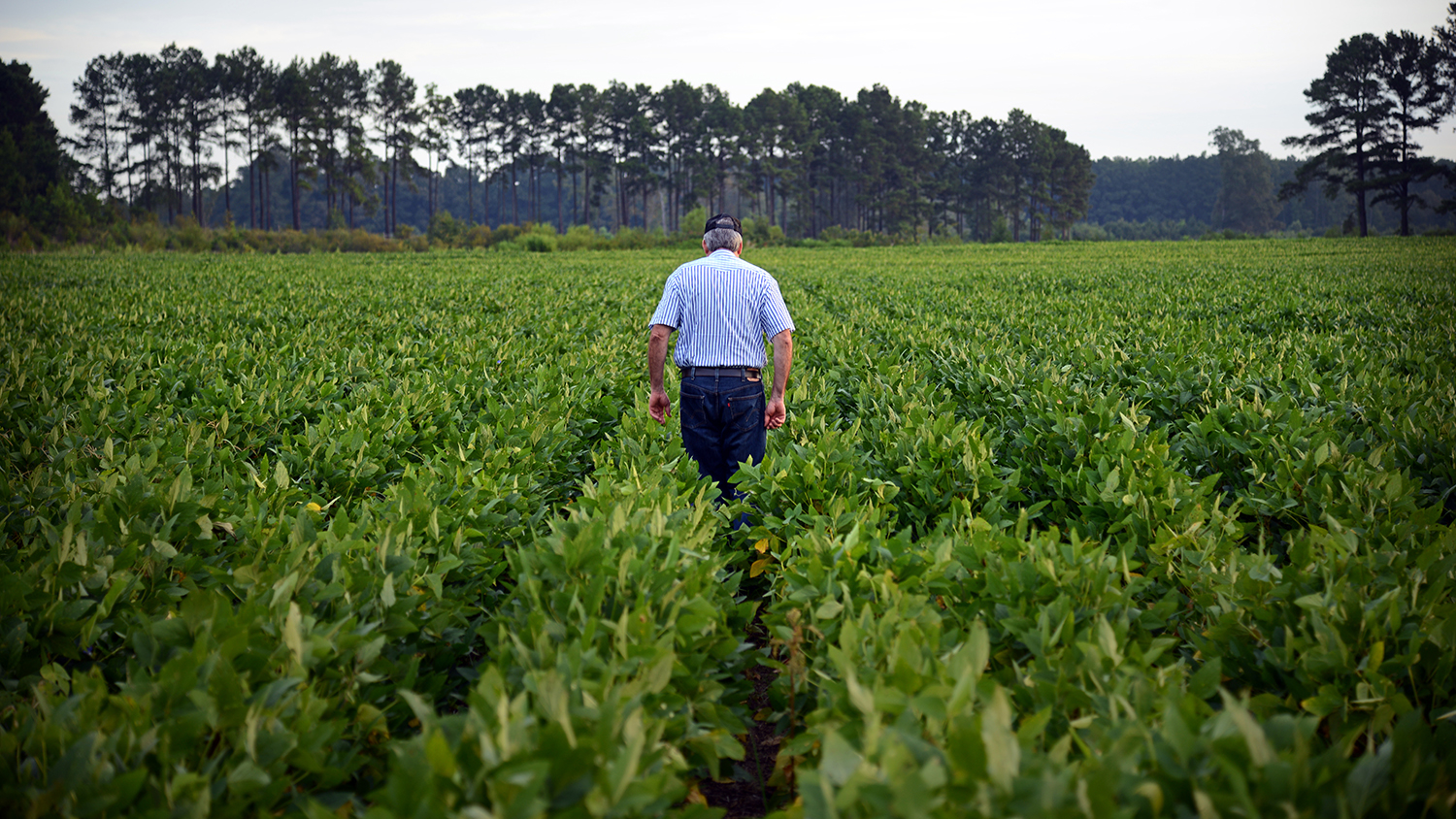
What Happens If We Run Out? Pesticide Resistance Needs Attention, Large-Scale Study
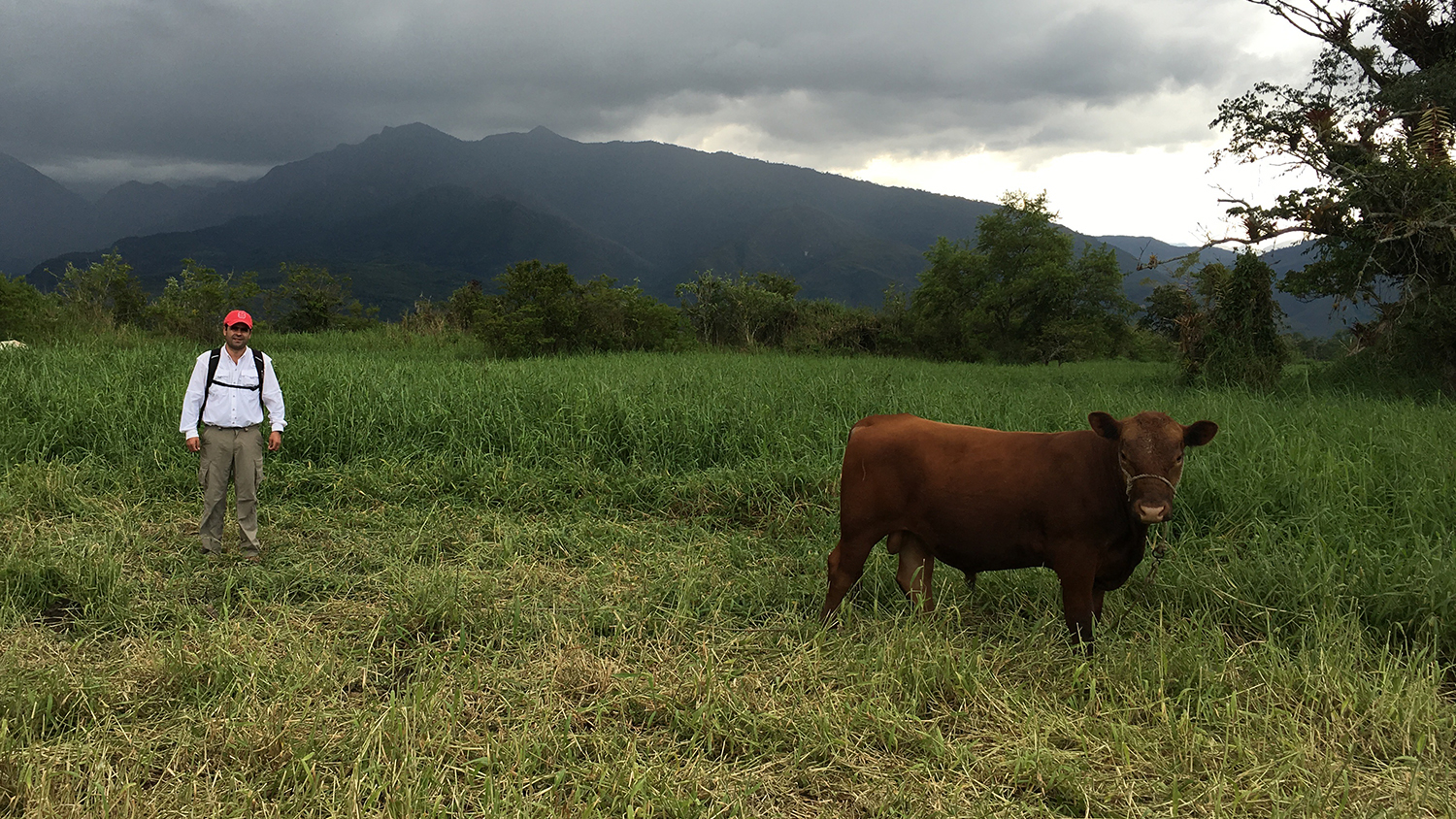
Graze in the Shade: Silvopasture’s Benefits
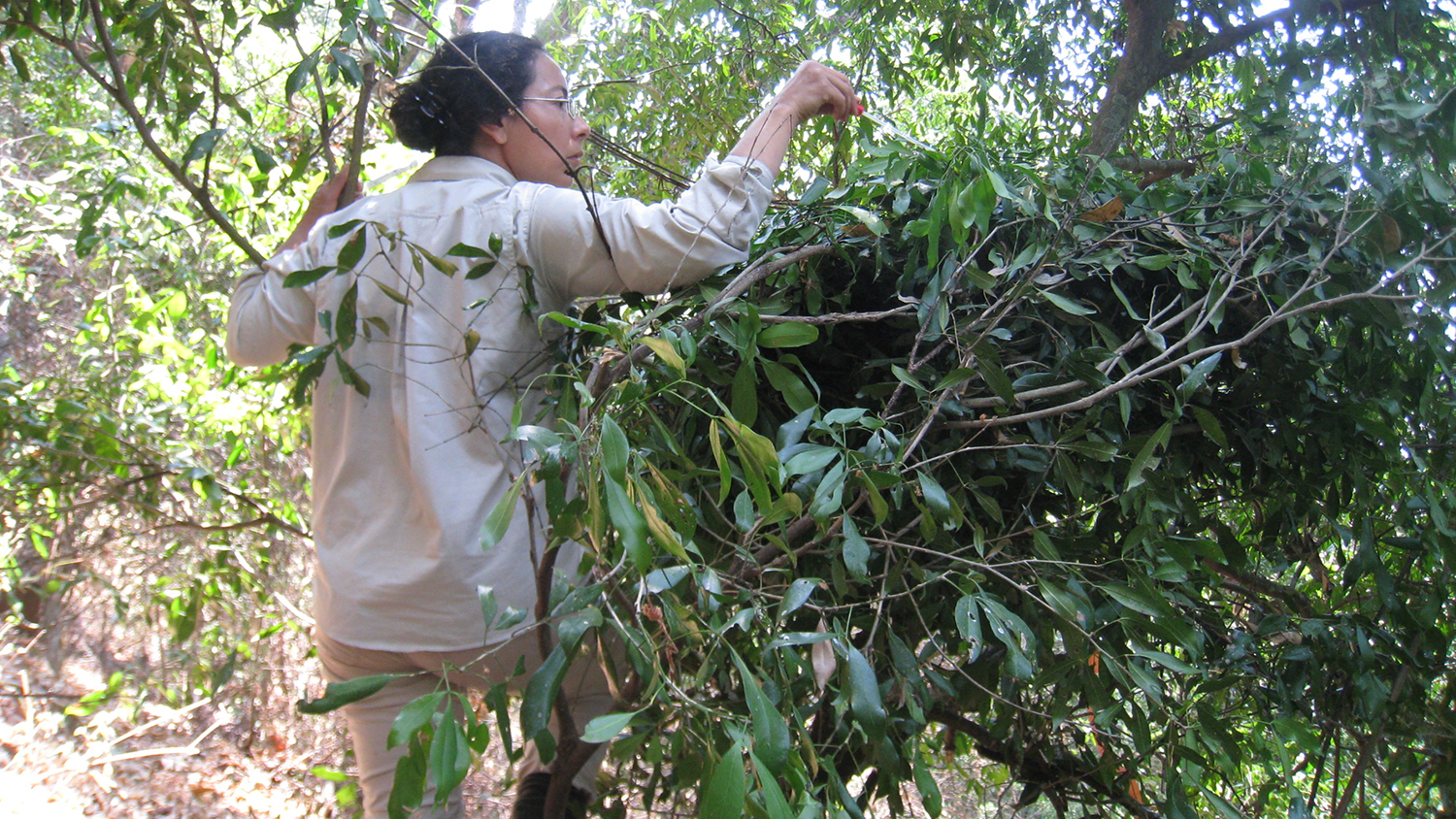
Think Chimpanzee Beds Are Dirtier Than Human Ones? Think Again

2018-2019 RTI University Scholars Announced
